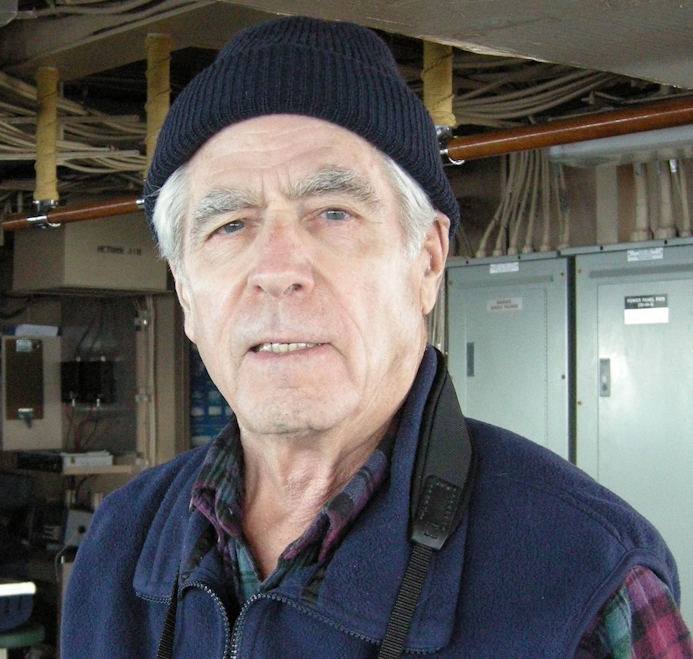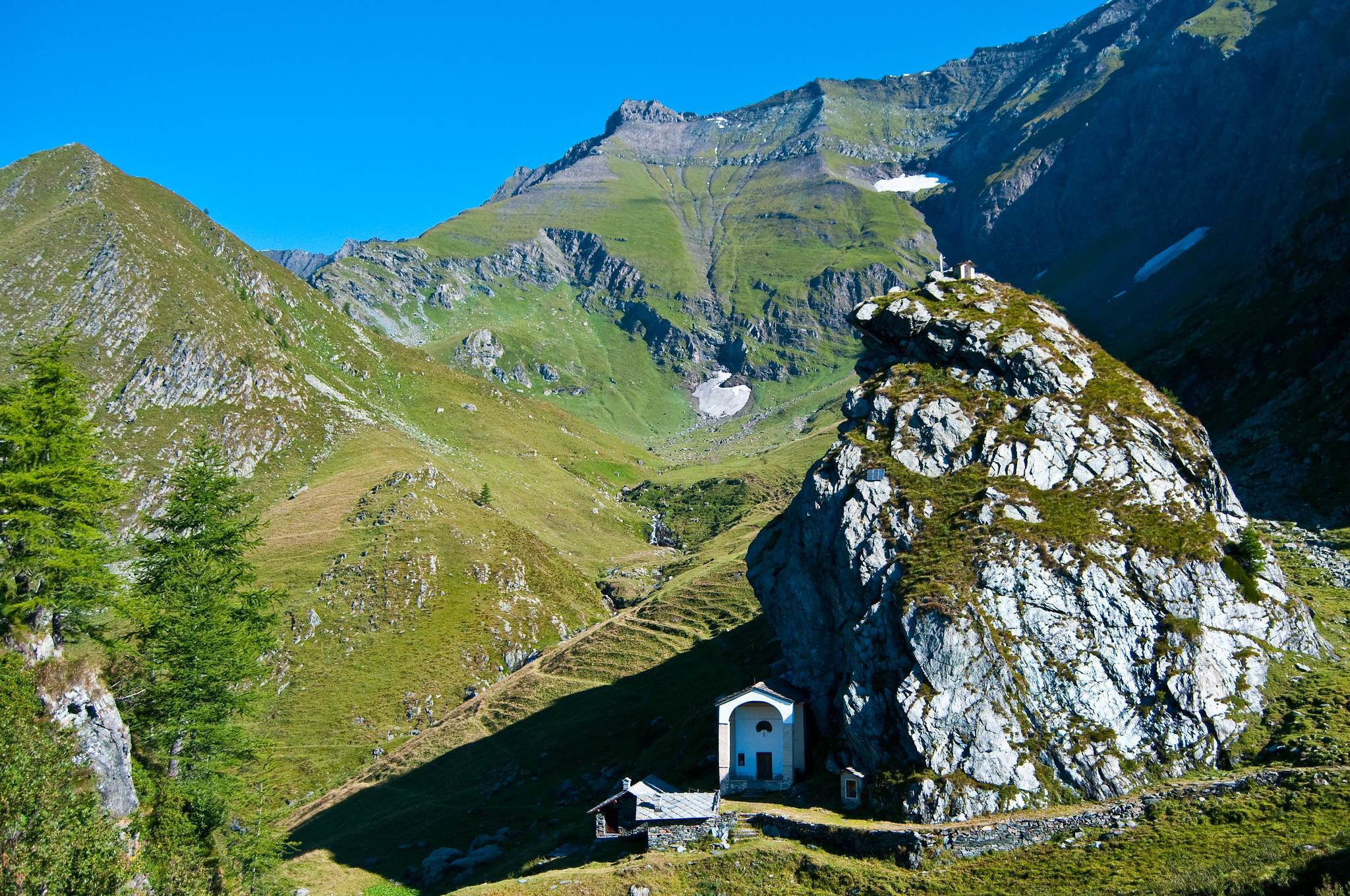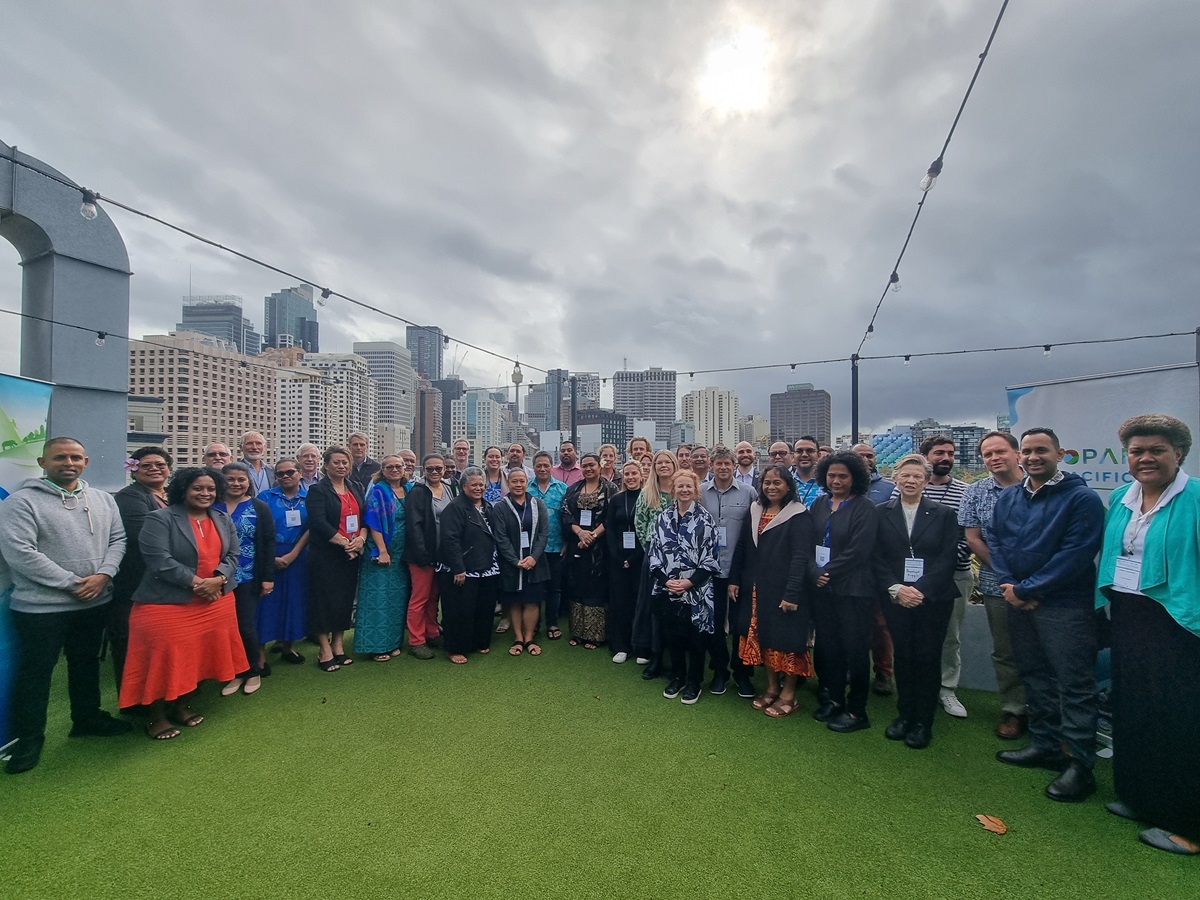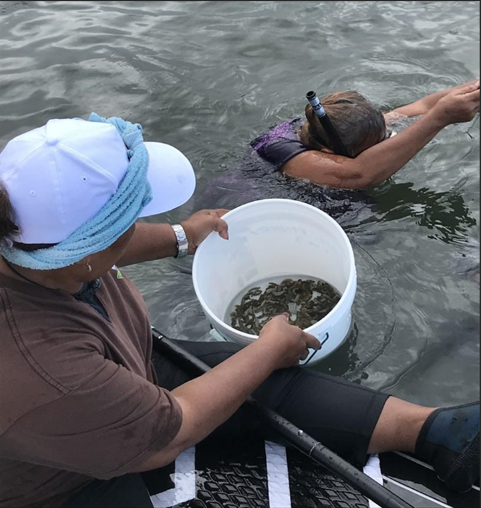G. Carleton Ray, ocean pioneer and inspiration, (1928–2024)
Carleton was decades ahead of the times. Today we pursue his concepts repackaged in different terminology.
"We must avoid the careless and tragic exploitation of the sea which we have not avoided in the case of the land...Some of the richest areas should be set aside...The taking of any marine life, animal or plant, by any means, should be prohibited. The areas should be distributed widely so that they could act as reproductive centers from which non-protected areas would be replenished with life."
(G. Carleton Ray, 1954)

In 1954, Carleton interrupted his doctoral studies at Columbia University, to explore the coral reefs of the Bahamas and co-author a book on underwater life with Elgin Ciampi, a student who inspired him to scuba-dive. The Bahamas Development Board supported their room costs. While spearfishing for food, favouring the approachable and tasty Nassau Grouper, they recognised the need for conservation, stating in the introduction to their book that,
...Some of the richest areas should be set aside...The taking of any marine life, animal or plant, by any means, should be prohibited. The areas should be distributed widely so that they could act as reproductive centers from which non-protected areas would be replenished with life."
This last principle provided the foundation for protected area networks across species’ life stages and at seascape scale and to which Carleton devoted his life’s work. I vividly recall him explaining to me how large marine mammals transported nutrients across oceans between their feeding grounds in high latitudes to the tropics where they calved. He was many years ahead of his time.
A groundbreaker and a leader, for seven decades
Carleton began his career in 1954, exploring the flora and fauna of the Bahama Islands and championing marine conservation over the next seven decades. It is difficult to say whether Carleton was first and foremost a scientist or a conservation practitioner. He blended the two to become a leader in both marine conservation science and its applications in practice.
Carleton also accomplished many other notable pioneering feats. In 1963 he was the first person to dive through holes in the ice in Antarctica where he filmed and recorded Weddell seals and was likely the first person to dive inside both polar circles. He developed the first sub-ice observation chamber that he used in McMurdo Sound. It remained in use for more than 50 years. In recognition of his pioneering marine research in Antarctica, Carleton had Mount Ray in the Prince Olaf Mountain Range named after him.
The adventure, excitement and scientific opportunity of those pursuits would have been what motivated him. I know from later discussions with him that being the first would not have concerned him at all.
Carleton was instrumental in establishing the Exuma Cays Land and Sea Park in 1958 in the Bahamas, the first marine park and protected area. Carleton advocated for the creation of inshore marine conservation areas at the first World Conference on National Parks, Seattle, 1962, where his paper was the only one addressing the marine environment. In 1972, at the Second World Conference on National Parks, Carleton called for a different approach for marine parks and reserves. He argued that to achieve sustainability of species and their ecosystems, marine conservation must be extended beyond areas confined by boundaries and introduced the concept of an ecosystem approach to marine parks and reserves.
Carleton’s leadership in marine parks attracted invitations in the 1960s to consider the establishment of marine parks in Kenya and in Africa and the Turks and Caicos Islands in the Caribbean Sea. He continued a long and enduring relationship with the Bahamas National Trust for terrestrial and marine wildlife protection.
Ocean conservation advocate to audiences young and old
While advocating for marine conservation at high levels of international and national agencies, Carleton remained acutely aware of the need to recruit support for the cause at multiple levels.
He carried his love of sea life to children, writing for Ranger Rick, National Geographic, and publishing “Wonders of the Living Sea’ in 1963 to inspire their interest in the ocean world.
He must have been supremely happy with how marine conservation soared and the number of people practising it burgeoned around the world.
An experienced hand to guide the nascent IUCN Marine Programme
I first met Carleton in 1975, at the world’s first regional meeting on Marine Protected Areas in Tehran over pre-dinner drinks and verses of the Rubaiyat of Omar Khayyam. Carleton attended as IUCN consultant on critical marine habitats. He was appointed chair of the meeting because of his pioneering work on marine protected areas. Later that year we met again at the world’s first International Conference on Marine Parks and Reserves where Carleton’s keynote paper on critical marine habitats provided a focus for the meeting. Indeed, Carleton’s early papers on critical marine habitats remain as relevant today as they were in the early and mid-1970s.
Carleton’s expansive vision of ocean conservation and experience from the arctic to Antarctica, including temperate and tropical seas between, led him to be brought in by IUCN as adviser to their nascent marine program. He went on to help develop IUCN’s Marine Steering Committee that he chaired. This pulled us together as I was IUCN’s only field project at the time.
Our union was fortunate for me as Carleton was a consummate field scientist who understood the exigencies of working above and under-water in different countries. He quickly smoothed the difficulties I had working with IUCN that, in 1975, had no in-house marine expertise to ease the challenges of working alone along the coasts of Sri Lanka, India and Pakistan.
Generations-spanning teacher, mentor and advocate for marine conservation
Through Carleton’s efforts and inspiration IUCN embraced marine conservation and has built a solid global program on the foundation he laid. Many of the old-guard IUCNers will remember him and his contributions. Younger marine conservation scientists know of him too and many have benefitted from his teaching and individual mentoring. Carleton was an inspiration to me, and many others, and he opened the door to my long and rewarding career in marine conservation.
Carleton died at 95 years old working to the end on the revision of his book on marine conservation science with Geraldine “Jerry” McCormick-Ray, his wife of 46 years.
We need all the advocates we can motivate to support marine conservation at seascape scale (Carleton’s vision) and his tireless efforts will be greatly missed.
_____
With deep appreciation,
Author, Rodney V Salm.



